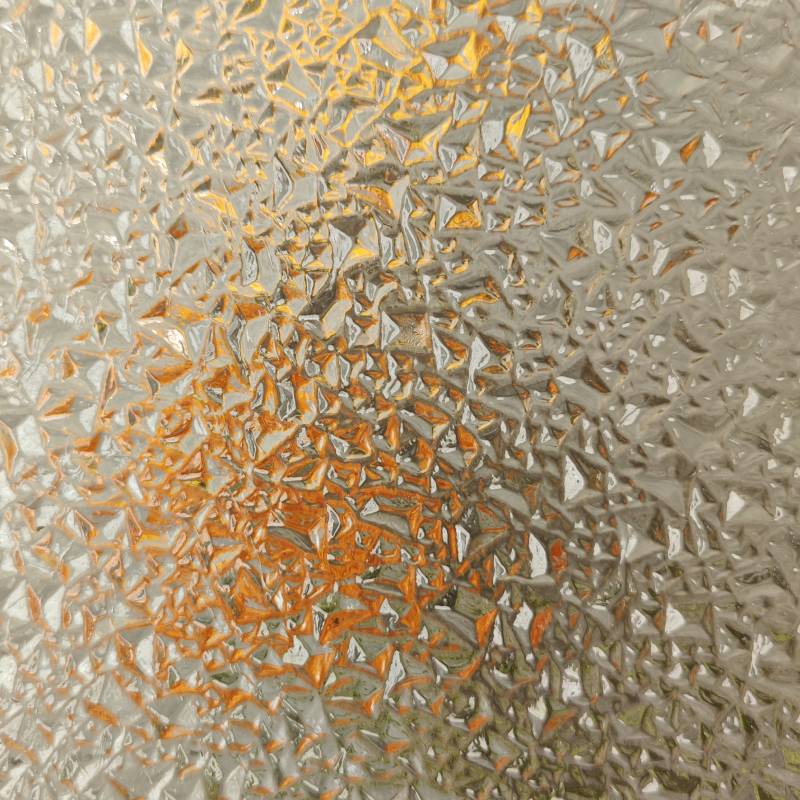

High Solar Gain Low-E Glass A Sustainable Choice for Modern Architecture
In the realm of sustainable building materials, high solar gain low-emissivity (low-E) glass has emerged as a game-changer for contemporary architecture. This advanced glazing technology strikes an impressive balance between maximizing natural light, improving energy efficiency, and enhancing occupant comfort. As the world grapples with climate change and seeks innovative solutions for reducing energy consumption, high solar gain low-E glass stands out as a vital component in green building practices.
Understanding High Solar Gain Low-E Glass
Low-E glass is designed to minimize the amount of ultraviolet (UV) and infrared light that can pass through it without compromising visible light. The high solar gain designation refers to its ability to allow a significant amount of solar energy to enter a building. This is particularly valuable in colder climates where additional solar heat is beneficial during the winter months. High solar gain low-E glass features a special microscopic coating that reflects infrared radiation while allowing sunlight to pass through, thereby enhancing the natural heating of interior spaces.
Benefits of High Solar Gain Low-E Glass
1. Energy Efficiency One of the most compelling advantages of high solar gain low-E glass is its potential to reduce energy consumption. By optimizing the amount of solar heat that enters a building, it decreases the demand for artificial heating. This results in lower utility bills and a smaller carbon footprint.
2. Comfortable Indoor Environments The ability to harness natural sunlight creates a more pleasant indoor atmosphere. High solar gain low-E glass ensures that spaces are well-lit, reducing reliance on electric lighting during the day. It also helps maintain consistent indoor temperatures, contributing to overall occupant comfort.
3. Noise Reduction High-performance glazing can also enhance sound insulation. When used in conjunction with double or triple glazing configurations, high solar gain low-E glass can significantly reduce external noise, creating a quieter living or working environment.

4. Aesthetic Appeal This technology allows architects and designers to create buildings that are not only energy-efficient but also visually striking. The clarity and brightness of natural light can highlight architectural features, improve the mood of occupants, and enhance the overall aesthetic of a structure.
5. Environmental Responsibility As the push for sustainable architecture grows, incorporating materials like high solar gain low-E glass can earn building certifications such as LEED (Leadership in Energy and Environmental Design). This demonstrates a commitment to environmental stewardship and can improve a building’s market value.
Applications in Modern Architecture
High solar gain low-E glass is versatile and can be used in residential, commercial, and industrial settings. In residential buildings, it enables homeowners to enjoy bright, airy spaces while minimizing energy costs. In commercial settings, it can transform office interiors and retail environments, making them more inviting and reducing overhead costs associated with heating and lighting.
Moreover, high solar gain low-E glass is increasingly incorporated into curtain wall systems, skylights, and large windows in modern architecture. With the growing trend towards open-plan designs and expansive glass facades, this glazing solution allows architects to connect indoor spaces with the outdoors, fostering a sense of well-being.
Conclusion
In summary, high solar gain low-E glass represents a forward-thinking approach to building design, balancing the need for energy efficiency with the desire for aesthetically pleasing spaces. As technology continues to advance, the adoption of such innovative materials will play a crucial role in shaping a sustainable future for our built environment. Embracing high solar gain low-E glass is not just a trend; it is a necessary step towards energy conservation and a testament to our commitment to preserving the planet for future generations.